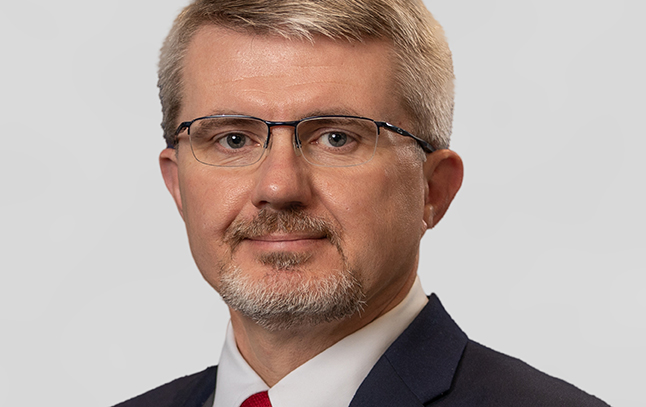
Stephen Pruitt
As a nation, we talk a lot about the achievement gap.
The achievement gap is the persistent difference in many measures of academic achievement – such as test scores and graduation rates – between white and Asian children and African American and Hispanic children. Historically, the latter two groups of children have lagged behind the scores of white and Asian children.
But the achievement gap isn’t just limited to race or ethnicity. Children with disabilities and English language learners often face some of the biggest achievement gaps when compared to other children. Educators, parents, nonprofit groups and foundations have been working steadily to try to narrow all of these kinds of achievement gap for decades, yet they stubbornly remain.
While the achievement gap is an important thing to keep an eye on, it’s not the only gap that matters.
I’ve been traveling the state a lot recently and in every stop, you’ll hear me talk about the opportunity gap. The opportunity gap is, I believe, the single biggest contributor to the stubbornly persistent achievement gap. So what is it?
The opportunity gap is effected by several things, but generally is most effected by poverty and expectation. Both of these factors can be overcome, but only through hard work and commitment. Children in poverty are less likely to be in homes that own books, have parents that attended college or live in stable housing situations. Children born into poverty are less likely to finish high school, more likely to have a child as a teenager and more likely to become involved in the criminal justice system.
Poverty matters in Kentucky. Nationally, 44 percent of children live in low-income homes. In the Commonwealth, 60 percent of children qualify for free or reduced-price meals, the standard indicator of poverty.
Children born into poverty lack much of what is considered a normal part of childhood for more affluent children. Their parents may not have the time to read to them regularly, work with them on learning their colors or help them learn to count to 10. These children may not get the chance to go to a library, a zoo or a high-quality daycare.
That’s not where the opportunity gap ends. Regardless of poverty level, perceptions of achievement also contribute to the gap. I do not believe that this is always intentional, but the reality is decisions are made that exacerbate the gap. Students in all of our underserved populations often lack the opportunity to take the most challenging classes, engage in project-based learning and take Advanced Placement courses. Our “best and brightest” are not always identified because they are not presented the same expectations for coursework.
Wes Moore, author and youth education advocate has said, “We are not a product of our environment, we are a product of our expectations.” What he means by this is we all live up to our expectations, but the level of our expectations must change if we are to really provide a quality education to all of our students.
Opportunity and expectations matter.
Another important thing to remember when talking about how to decrease both the achievement and opportunity gaps is that for both of them, it’s a process, not a destination. There is no single program, no single teaching style and no single community group that holds the key to prosperity and high achievement. This process must be met with a full community approach. We must all work together toward what is best for our students.
Poverty and underserved populations continue to exist in our schools, as much as I wish it were not true. But we must not let poverty or any other excuse define our communities and our schools. We cannot let poverty be an excuse for the children in any school performing poorly. All children can achieve; we just need to stay focused on how to help them get there. We must have high expectations for all our students, this is a key to eliminating the opportunity and achievement gaps.
Excellence is a process too. It’s a process in which we – as educators, parents and community members – recommit each day to doing what’s best for the Commonwealth’s children. What worked in the past may not work today; what works today may not be effective tomorrow. We must stay flexible, open minded and dedicated to ensuring Kentucky’s children have their best chance to receive the high-quality education they need to help create a more stable and prosperous future.
Do Kentucky’s children – your children – deserve anything less?



Commissioner Pruitt,
Thanks for sharing these thoughts. It is so very true. We need to be teaching growth mindset and resiliency + perseverance (GRIT) to our students, parent, and entire school community.